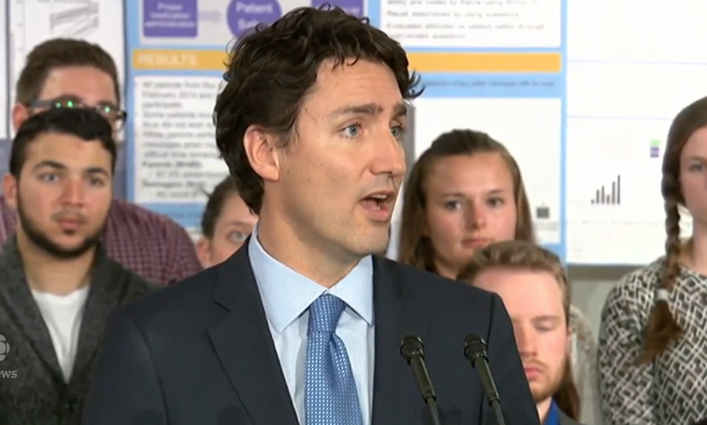Like this article? rabble is reader-supported journalism. Chip in to keep stories like these coming.
On Thursday, the Liberal government decided to accept an NDP proposal that gives the majority party in the House five out of the 12 members on the special electoral reform committee.
That represents a change of heart.
The government had previously announced that the Liberals would get six members out of 10.
The NDP’s proposal gives the Greens and Bloc a voting member each (the Liberals had them as non-voting) and boosts NDP representation from one to two.
The Conservatives keep their three seats.
The Trudeau government’s decision demonstrates a remarkable willingness to listen and compromise. If, just two weeks ago, it seemed the Liberals were demonstrating a Harper-like tendency to arrogance, this decision shows the exact opposite.
To make any recommendation, now, the committee will have to gain the support of more than one party. But whatever new electoral system it proposes will have greater credibility than if it were only a one-party proposal.
Democratic Reform Minister Maryam Monsef says she now wants to get on to substance. Finding a new voting system that will gain the support of more than one party will not be easy.
More than one Liberal has talked about the need for MPs to have a direct connection to their constituents, and expressed skepticism about MPs who might get elected simply because their party puts them on a list.
That Liberal pre-condition pretty much rules out the mixed proportional option both the Greens and the New Democrats favour.
The Conservatives do not, in general, favour any reform at all. Most tend to like the current first-past-the-post system, although Michael Chong might be an exception.
If there is going to be a multi-party consensus on electoral reform the odds are against the Conservatives being one of those parties. And so the parties that want a different, more democratic and fairer system will have to work to find common ground.
Here’s a first blush suggestion.
The Liberals seem to like some kind of automatic run-off, which can be achieved by a ranked ballot where voters indicate second, third, and fourth choices, while the New Democrats and Greens want some element of proportionality, as a way of guaranteeing plurality in political representation and assuring that “every vote counts.”
Well, there may be a way to satisfy both, and it is called the single transferable vote, which makes use of multi-seat districts in which MPs are elected proportionally, but not based on party lists. Voters select actual candidates; they do not put an “x” next to a party name; but the result is nonetheless proportional.
When British Columbians were asked in 2004 if they favoured the single transferable vote system the overwhelming majority, 57 per cent, said yes. The provincial government of the day had set a bar of 60 per cent for any change, however, almost predetermining that any option would fail.
To date, no other reform proposal has gained the level of support the single transferable vote did in British Columbia 12 years ago.
There you have it — a basis for compromise that can satisfy New Democrats, Greens and Liberals.
It’s just a thought, and we are only at the beginning of a long process.
Read rabble’s full series on proportional representation including:
Part 1: Proportional representation is not ‘too complicated’ — the fix is in
Part 2: Activists gear up for ‘historic opportunity’ to usher in proportional representation
Part 3: Proportional representation for Canada: A primer
Screenshot: Trudeau explains motion to change committee




